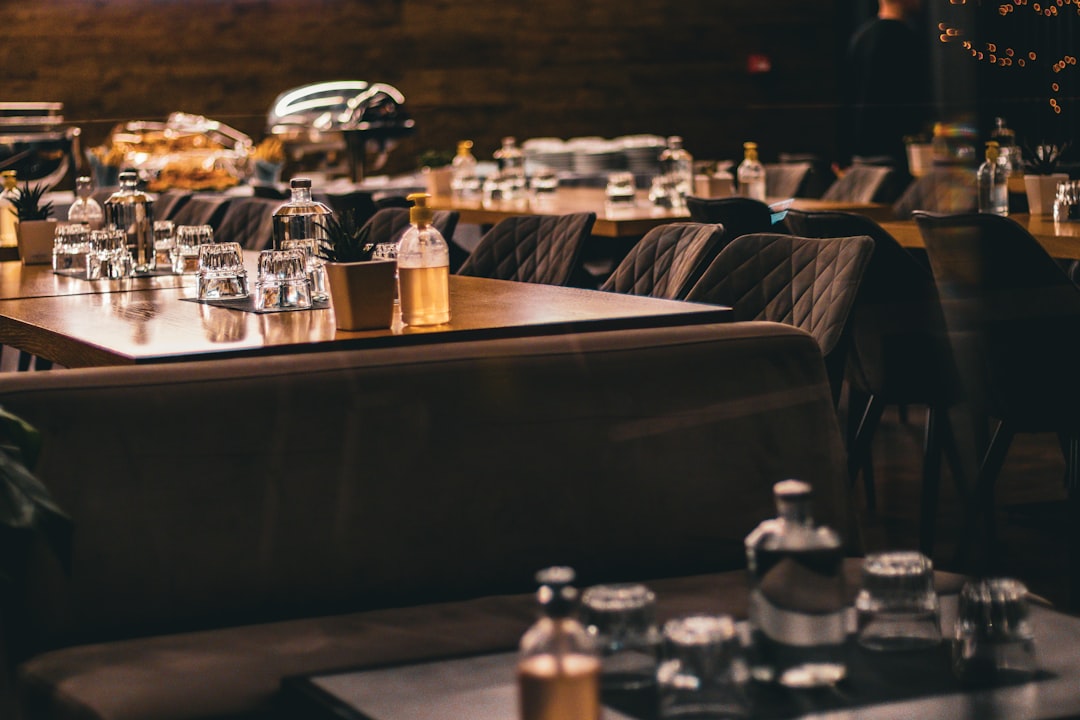Fine dining isn't just about exquisite food—it's about creating an experience that lingers long after the last bite. But how do you communicate that experience to potential guests before they even walk through your door?
Let's explore proven marketing strategies specifically tailored for fine dining establishments that will help you showcase your culinary artistry and fill your reservation book with eager patrons seeking memorable dining experiences.
The fine dining sector continues to thrive, with U.S. restaurant sales projected to exceed $1 trillion, driven by consumers seeking premium dining experiences. Today's fine dining patrons expect more than just excellent food—they crave memorable experiences, storytelling, and personal connections with the establishments they choose.
Consider the modern fine dining guest: they're likely well-traveled, digitally savvy, and seeking experiences worth sharing—both in person and online. They value authenticity, craftsmanship, and exclusivity. Your marketing must speak directly to these desires.

Modern fine dining marketing starts with understanding your guests at a granular level:
This approach doesn't just collect data—it transforms casual diners into loyal patrons. According to Bloom Intelligence, restaurants using WiFi marketing report significantly higher email open rates and repeat visits compared to traditional methods.
Imagine knowing that Mr. Johnson, who's celebrating his anniversary next week, prefers window seating and Barolo wines. Your personalized email might read: "Reserve your window table for your special day next week—we've set aside a remarkable 2016 Barolo we think you'll love." That level of personalization creates both anticipation and loyalty.
Your menu is more than a list of offerings—it's a marketing tool and the physical embodiment of your restaurant's philosophy:
Remember the 5 principles of effective menu design: psychology (strategic item placement), pricing (avoiding dollar signs), description (evocative language), design (visual hierarchy), and analysis (tracking performance).
A well-crafted menu item doesn't just say "Wild Scottish Salmon" but rather "Loch Duart Salmon – Sustainably raised in the cold, clear waters of Northern Scotland, pan-seared with a crisp skin, served over a bed of local spring vegetables and finished with a champagne beurre blanc." The difference is palpable—and worth the higher price point.
With approximately 70% of diners engaging with restaurant content on platforms like Instagram and TikTok, your social presence is critical to reaching potential guests where they already spend their time:
Tastewise reports that restaurants using short-form videos to highlight signature dishes or chef personalities have seen measurable increases in reservations.
Consider the impact of a 30-second video showing your chef selecting truffles at a local market, followed by the meticulous preparation process, and finally, the finished dish being presented to an appreciative guest. This narrative arc creates desire and connection far beyond what a static menu description could achieve.
Email remains one of the most effective channels for fine dining marketing, allowing you to speak directly to guests who have already shown interest in your establishment:
An effective email strategy might include a "first look" at your new seasonal menu sent exclusively to your most frequent diners, giving them 48 hours to secure reservations before the general public—creating both urgency and a sense of insider status.
Fine dining loyalty should feel exclusive rather than transactional, focusing on experiences rather than points or discounts:
For example, rather than a standard "buy 10 get 1 free" program, consider a tiered approach where after three visits, guests receive a complimentary amuse-bouche from the chef; after five visits, they're invited to a seasonal wine pairing event; and after ten visits, they enjoy a personalized chef's table experience. This approach reinforces the exclusivity of your establishment while encouraging repeat visits.
Align your restaurant with other premium local businesses to expand your reach while reinforcing your luxury positioning:
According to Restroworks, community partnerships can significantly extend your reach while reinforcing your brand positioning.
A successful partnership might look like a post-theater prix fixe offering for patrons of the local performing arts center, or a special tasting menu coordinated with exhibits at a nearby museum. These collaborations create natural synergies that benefit both businesses while elevating the overall guest experience.
The most successful fine dining establishments integrate these strategies into a cohesive plan:
Managing sophisticated marketing strategies shouldn't distract from delivering exceptional dining experiences. This is where integrated restaurant management systems become invaluable.
A unified platform that handles everything from reservations to customer data can help you execute personalized marketing while maintaining focus on culinary excellence. The right technology partner enables you to collect guest insights, track campaign performance, and deliver seamless experiences—all from a single dashboard.
By implementing these strategies and leveraging the right tools, your fine dining establishment can create marketing that's as refined and memorable as the experiences you offer on the plate. Remember, in fine dining, the goal isn't just to fill seats—it's to create anticipation, deliver excellence, and cultivate relationships that keep guests coming back for years to come.
